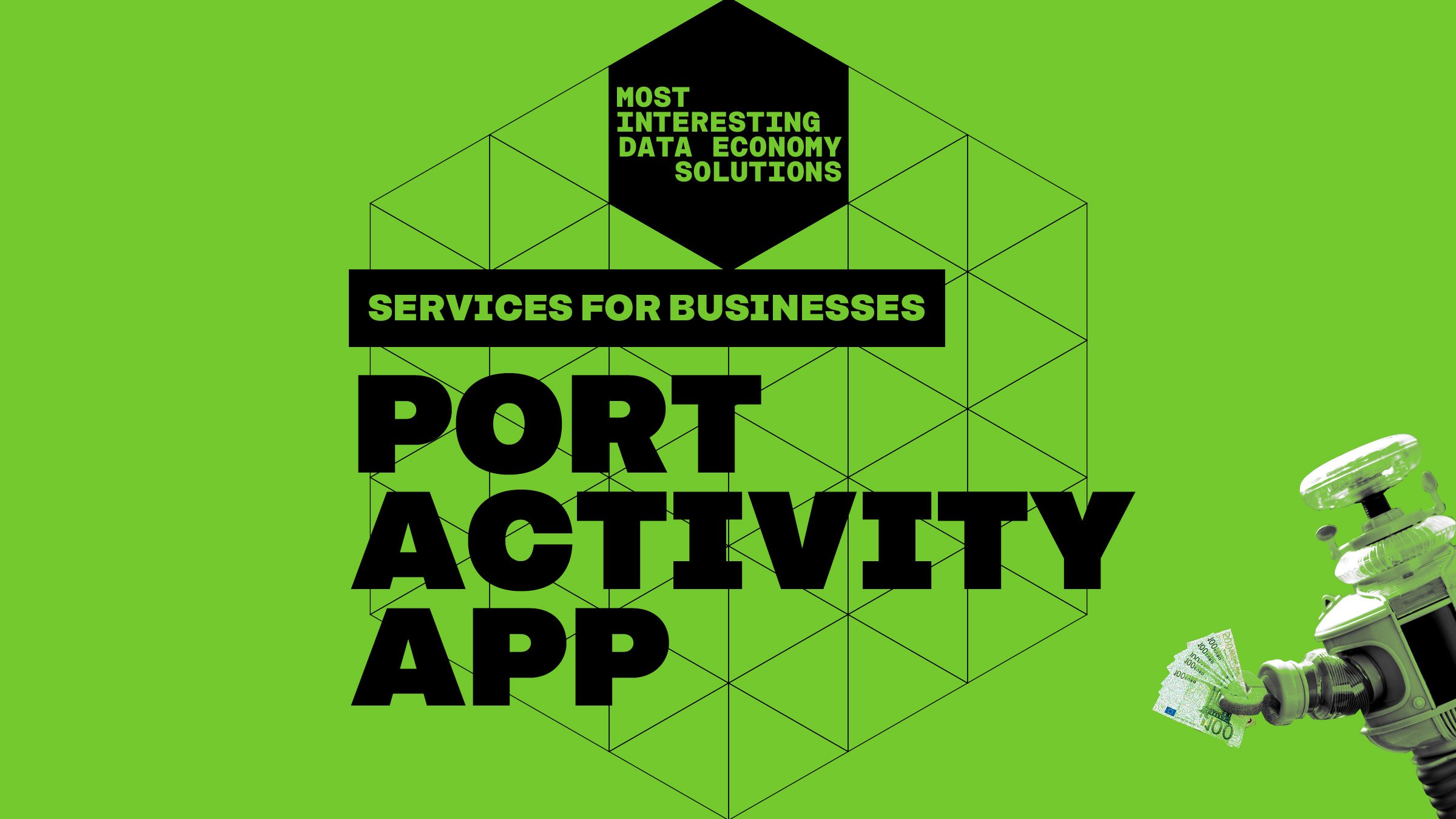Finland is far from everything and surrounded on two sides by the sea. Almost everything that is imported and exported from here travels by sea. Despite this, maritime logistics have lagged far behind in terms of digitalisation. Goods and raw materials have travelled worldwide to Finnish ports and onward in many stages. This has sometimes been inefficient, slow and confusing.
In 2016, Minna Keinänen-Toivola, Head of Research at Satakunta University of Applied Sciences, proposed improving the efficiency of sea transport and port operations.
In those days, the arrival of each ship in port triggered a spiral of dozens of telephone calls and faxes. Pilots, stevedores, port operators, transport companies and ship workers needed up-to-date information on what would happen, where and when.
What if information about a ship’s arrival, possible changes to its arrival time and its time spent in port could be shared with all parties through a single app? That way, truck drivers would not have to wake up unnecessarily in the middle of the night and to wait in port for a ship that may be hours late. Instead, they need only rush in when the ship arrives in port.
Satakunta University of Applied Sciences, Fintraffic Vessel Traffic Services and their partners started to develop an app that would bring the port’s operators together in two pilot ports. The pilot ports were Rauma in Finland and Gävle in Sweden.
Shared information makes port calls more efficient
Based on the lessons learned from the pilot ports, the Port Activity App was created, which is currently in use in more than 20 ports in Finland and neighbouring countries. In total, more than 200 organizations and 1,200 users use it to share data and benefit from the app.
“The app saves nerves, time and money. It allows everyone in the port and on board to know which quay the ship will arrive at, at what time, what kind of cranes or other machines are needed for unloading or loading, and so on,” says Olli Soininen, Head of Programs at Fintraffic VTS, which maintains the app.
According to Keinänen-Toivola, Finland has an average of 40,000 port calls every year.
“Each of them involves between five and 15 organisations. So the time savings of even a few minutes is significant, let alone fifteen minutes.”
Next, the app will help control emissions
Reducing emissions is also a key objective in shipping. Ports have to report the discharges caused by vessels into the waters of the port.
The Port Activity App helps ports to calculate and visualise emissions according to requirements. Emissions are divided according to whether they are related to movement in the harbour’s fairway areas and harbour basins or during berthing.
At the port of Gävle in Sweden, the app is already being used for just-in-time operations. In it, shipping companies book in advance the berth and arrival window for the port call. This allows vessels to plan the sea voyage at optimum speed in terms of both emissions and fuel consumption.
Cruising speed is important not only for the environment but also for the economy. In the Baltic Sea, fuels account for about 80 per cent of the costs of sea voyages, Soininen describes.
“At the moment, ships run at full throttle to get close to the harbour, and then wait there for their turn to dock. It would make much more sense to reduce speed and cut the waiting time to minimise fuel consumption. At the same time, both costs and emissions would be reduced.”
Using the shared data, shipping companies will be able to plan a ship’s route and speed, taking into account the real-time impact of weather, port readiness to receive the ship and the ship’s next destination. In this way, the voyage chain becomes as smooth as possible, and emissions can be reduced.
“Shipping has lagged behind in digitalisation for 20 years. Now the data economy is rapidly entering the industry, as the need, the legislation and the tools exist at the same time,” says Keinänen-Toivola.
Legislation will be introduced in this area through both EU and the International Maritime Organization (IMO) regulations.
“It’s both a necessity and an opportunity at the same time. There’s no telling what business opportunities it will bring,” Keinänen-Toivola says.



